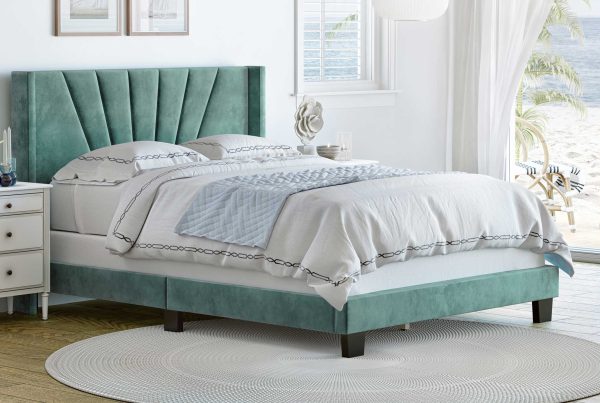Most of us who had to start working from home last year expected it to be temporary. So, we settled for our makeshift desk/kitchen table set ups for the short term.
Well, now that those return-to-work plans have been delayed again—or called off permanently—it’s clearly time to turn make-shift into a functional workspace. But how do you set up a home office when there’s no room for an office at home?
Think Small
Sure, it’s the opposite of how every motivational speaker has encouraged us to think but, in this case, it’s important. You can accomplish big things from a small space—especially when we connect with our co-workers, clients, vendors, customers, etc. through a computer screen.
Whether you’re working on a desktop or a laptop, all that’s really needed in a modern work-from-home space are a desk, a chair, and plenty of light. And possibly a printer. Home office desks are designed specifically to suit the needs of modern telecommuting. They’re made to be out-of-the-way from your home life. The smallest take up only about 3½’ to 4’ width-wise and about 3’ to 4’ depth-wise to accommodate you in your chair. That means they’ll fit nearly anywhere. So, consider every possible open space: the far end of your dining room, the corner of your primary bedroom suite, an empty closet, or right behind your living room couch with the window behind you and the TV still in sight. (Just don’t forget to turn down the game shows during your weekly video conference with the boss.)
Think Outside the Cubicle
At the office, there are lots of drawers and cabinets for all the stuff you use daily and whole supply rooms for all those backup supplies. At home, you’ll have to get creative about storage. If you need to access hard copies of reference materials, store printer paper, or keep a stash of your favorite gel pens on hand, you may need furniture that multi-tasks for home and work life. Accent cabinets with shelves behind doors are ideal for hiding work you stash behind homey decor. Although, if you have the space, a matching desk and bookshelf set can also help. Just be sure to assign certain shelves for work supplies only. Use decorative baskets and boxes to keep things separated or to hide a messy “in box” when you’re not working.
Think Dedicated
No matter how you set up your workspace at home, it’s so important to ensure that it’s a dedicated space just for you, just for work. It can be hard to officially “clock out” when your home is also your office. Physically differentiating workspace and home space will help even if it’s just by a few feet (or inches) so you can keep work out of sight and out of mind in the evenings and on weekends.





